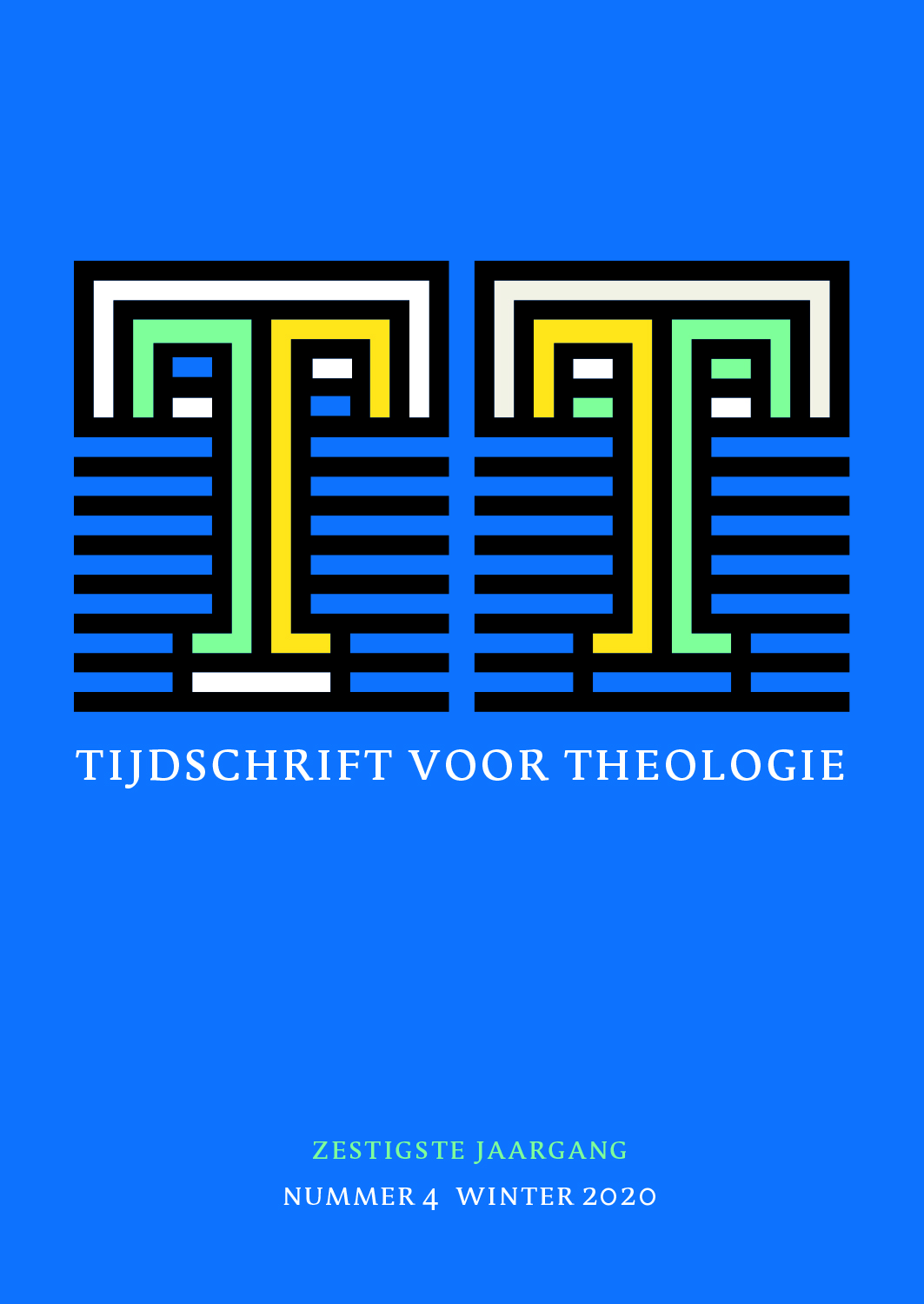 previous article in this issue previous article in this issue | next article in this issue  |

Preview first page |
Document Details : Title: 'Daarom is mijn grammatica Christus' Subtitle: Naar een theologische stijl Author(s): BORGMAN, Erik Journal: Tijdschrift voor Theologie Volume: 59 Issue: 3 Date: 2019 Pages: 213-234 DOI: 10.2143/TVT.59.3.3286839 Abstract : The Apostle Paul expressed his fear that too much wisdom and too great an eloquence in preaching the gospel would empty the cross of Christ of its power (1 Cor 1,17). In line with this fear, this article asks what would constitute an adequate form for theology. In the Gospel according to Mark, Jesus died with a loud cry (Mk 15,37), upon which a Roman officer who was watching, remarked: ‘Truly, this man was God’s Son!’ (Mk 15,39). It is suggested that Jesus’ connectedness to God takes on the form of that cry which both expresses his feeling of being lost and his protest against this. Theology should be faithful to that feeling. Using an essay by the American poet and journalist Tom Sleigh on the work of the Russian poet Anna Achmatova (1889-1966), the article discusses the danger of a rhetoric of grand gestures obfuscating and mythologising the concrete suffering of people. Next, using Sleigh’s own poetry, an alternative is given which does not present all histories of suffering as a version of the passion of the Son of God that ultimately is the source of salvation. Instead it regards them as the inextricable connection between God and concrete histories of suffering. According to Sleigh, this is a correction to the Christian view. However, this article tries to show that this type of approach is actually part of a much older tradition. Twelfth-century monk and reformer of religious life, Petrus Damiani (1107-1172), was adamant that he would not allow his style and rhetoric to be determined by what was considered to be good taste. In Jesus, God ‘has become human for humanity’, he explained, which is why it is He who can help people get on in life, rather than any of the other ways a culture employs to make people change. ‘That is why my grammar is Christ’, he concludes, mea igitur grammatica Christus est. The article refers again to an essay by Sleigh on the work of the Swedish poet Tomas Tranströmer (1931-2015) to determine what this means. The latter uses the poetic form as an expression of love and dedication which enables the hidden and unknown which inescapably announces itself just below the surface of things and occurrences to become visible. The future which announces itself in that way, will never become a possession and will remain an uneasy and obstinate grace. The implications of this are examined in the final part of this article, using the reflections of Herman Dirk van Dodeweerd (1929-2018), known as Armando, who was active in many art forms. The events of the Second World War and the extremely awkward fact that beauty manifests itself in ‘the belly of evil’, as he put it, form a central theme of his oeuvre. Armando believed he had placed himself at the service of that beauty. This offers an entry into a theology that seeks to express the unexpected, yet inescapable signs of new life that keep reoccurring in modern history, amidst all the closeness. In a discussion of the Isenheimer Altar, much admired by Armando, the article shows that, from a theological point of view, this is a sign of the presence of the light of the world which precedes and supports any manifestation of light or darkness. |
|


